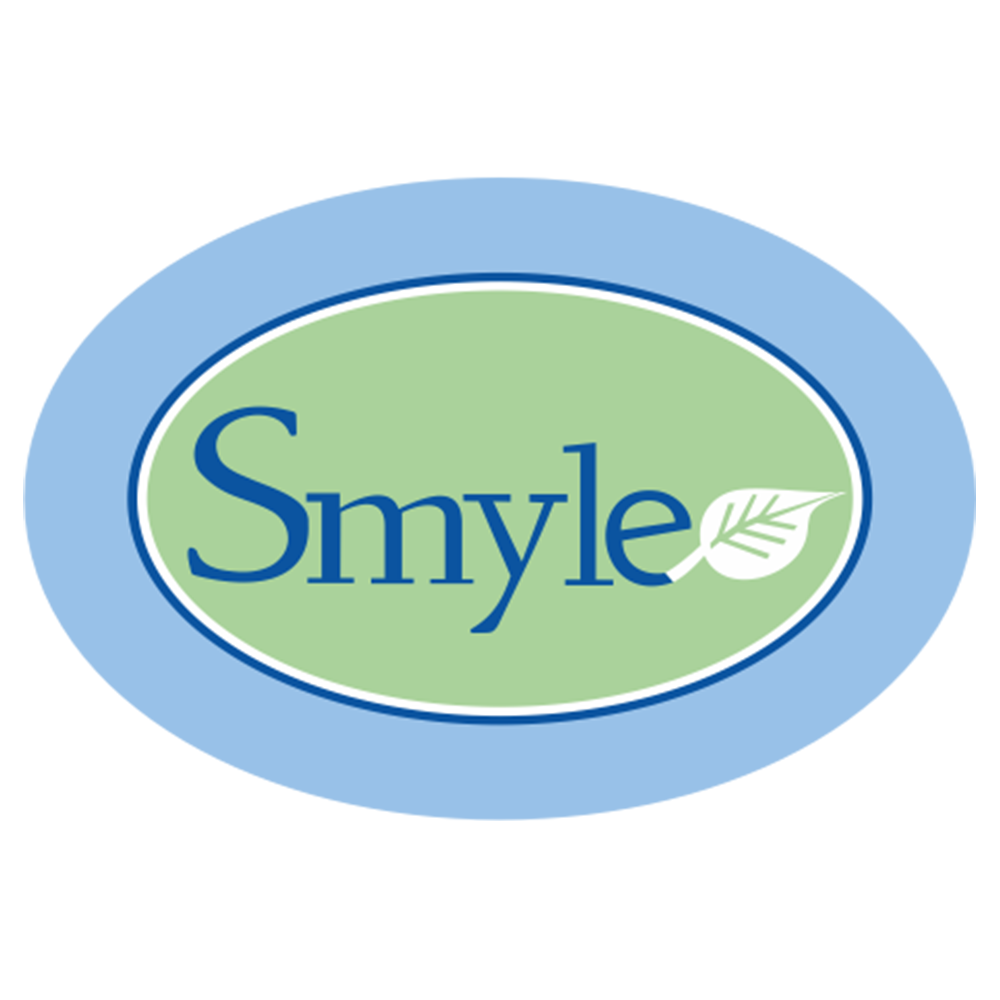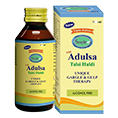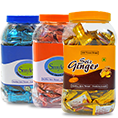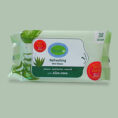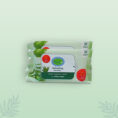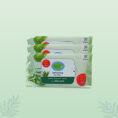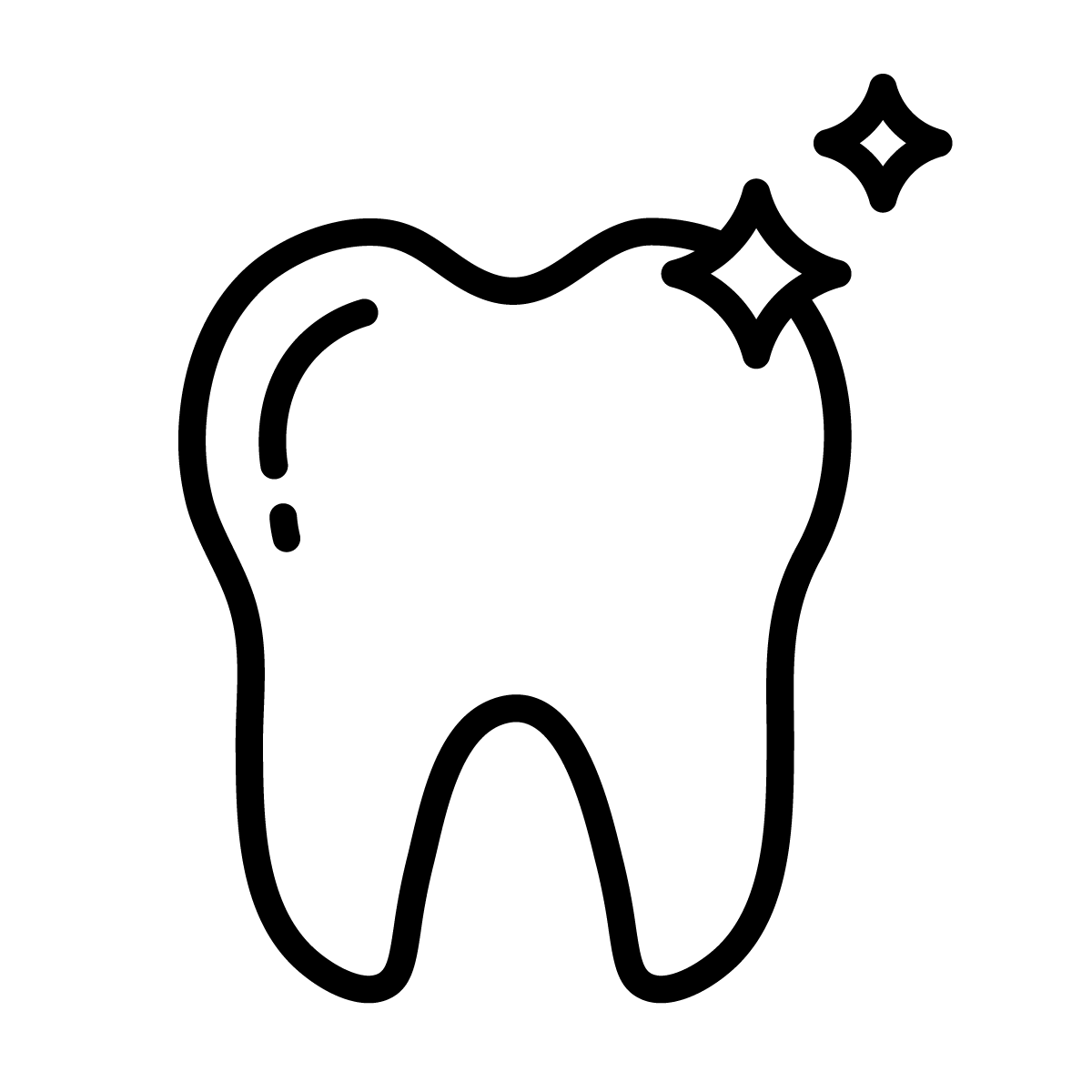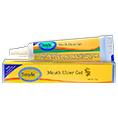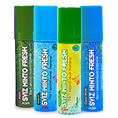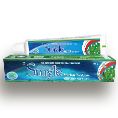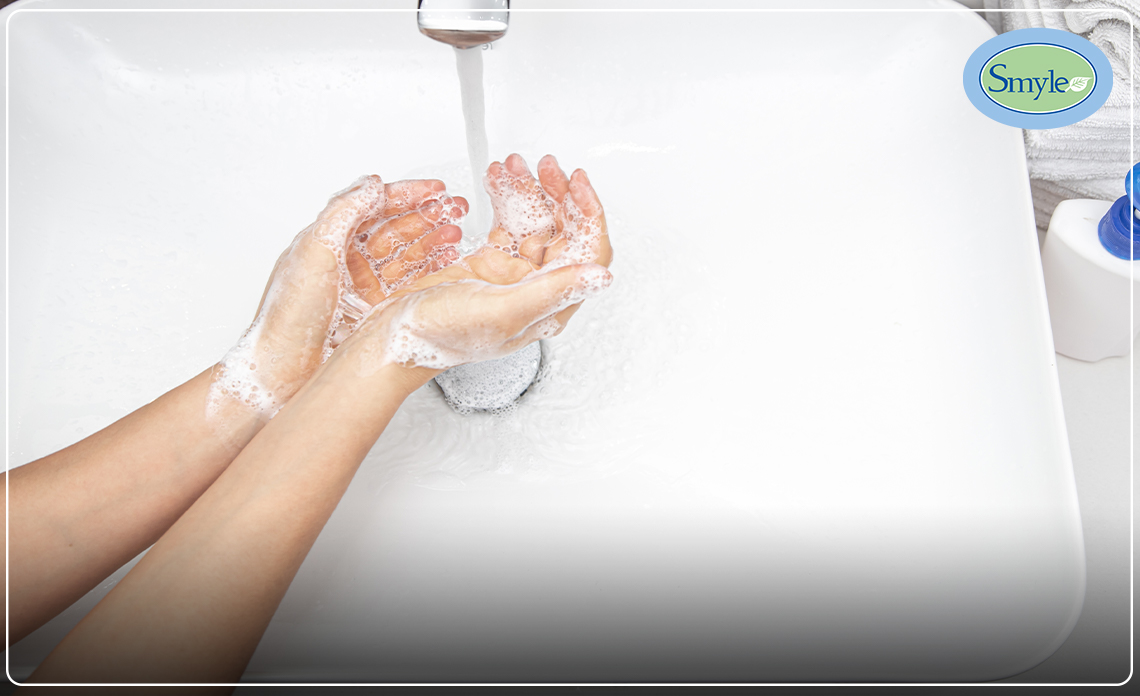To protect yourself and your family from getting sick, handwashing is one of the best ways. In this write-up let us discuss when and how you should wash your hands regularly to stay healthy.
How Germs Spread
Well it is a known fact that washing your hands can keep you healthy. Not only this, it also prevents the spread of respiratory and other diarrheal infections that can spread from one person to another or can spread from surfaces when you:
- Touch your nose, eyes, and mouth with unwashed hands.
- Eat or prepare foods and drinks with unwashed hands.
- Touch any contaminated surface or object.
- Blow your nose, sneeze, cough into hands and then touch other people’s common objects or hands.
Best Time to Wash Hands
If you want to stay hale and healthy, you can help yourself and your loved ones by washing your hands often, during certain key times when you may likely get and also spread the germs:
- Before, during and after you prepare the food.
- Before and after eating your food.
- Before and after caring for someone who is sick at home.
- Before and after treating a wound or cut.
- After using the washroom.
- After changing the diapers of your child.
- After cleaning up the child who has used the toilet.
- After sneezing, blowing up your nose, or coughing.
- After feeding an animal, touching or cleaning the animal waste.
- After touching the garbage.
Remember that apart from the above-mentioned occasions, it is also important to wash your hands in other emergencies as well.
What are the Steps to be Followed to Wash Your Hands the Right Way?
Washing your hands is an easy task, and is also one of the most effective ways in eliminating the spread of germs. Because clean hands can stop the spread of germs from one person to another. So, remember to follow these five steps every time you wash your hands:
- Wet your hands with running water (either warm or cold). Turn off the tap. Apply soap to your hands.
- Rub your hands together by applying the lather to your hands. Also, lather the back of your hands, under your nails and between your fingers.
- Ensure that you are scrubbing your hands for at least 20 seconds.
- Rinse and rub your hands properly under clean and running water.
- Dry your hands using air dry or with a clean towel.
Not Having Soap & Water? Don’t Worry Switch to Hand Sanitizer
Washing hands with soap and water is one of the best ways to stay away from germs and other infections. If soap and water are not available, then you can use a hand sanitizer which should at least contain 60% alcohol.
Sanitizers are quick enough to reduce the number of germs on hands. However, remember that:
- Sanitizers do not help in getting rid of all types of germs.
- Hand sanitizers may not be effective when your hands are dirty or greasy.
- Hand sanitizers may not help in removing harmful chemicals and heavy metals when present on hand.
How to Use a Hand Sanitizer
- Apply the gel onto the palm of one hand and rub the gel with your two palms together.
- Rub the gel all over the surface of your hands, fingers, until your hands become dry. This should approximately take 20 seconds of your time.
Conclusion
We have successfully not only discussed what a hand sanitizer is and how to use it, but we have also dived more into the importance of handwashing. Thus, a successful handwash is needed at every stage to avoid infections and other spread of germs.
If you are looking out for effective germ protection, then try Smyle Clinhand-H Sanitizer which instantly kills 99.9% of germs in the absence of soap and water. This hand sanitizer is WHO-recommended and has 80% alcohol content to protect you and your loved ones from harmful germs and infections. You can use this sanitizer anywhere and anytime. Available in refillable bottles of 500 ml and 5 L.
For more information about the product, you can also go through the link below:
https://www.smyle.co.in/product/smyle-clinhand-h-sanitizer-80-alcohol-based-germ-protection-500ml/
https://www.smyle.co.in/product/smyle-clinhand-h-sanitizer-80-alcohol-based-germ-protection-5l/
